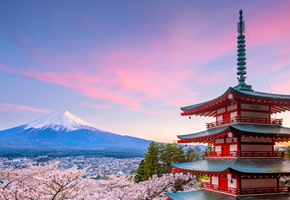
Best Holiday Destinations for 2025
26/12/2024 · By Ian Holt
To inspire your travels, Great Rail Journeys reveals our Top 10 best holiday destinations and expert tips for 2025, from luxury trains to hidden gems.
Read moreArequipa is Peru's second largest city, although it has only about a tenth of the population of the capital, Lima. The city was founded in 1540 on a site chosen for its proximity to the coast, which allowed settlers to trade easily with Lima, principally selling products from Cusco and from the mines of Potosi (Bolivia). The city lies in the shadow of three volcanoes; El Misti (5,822 metres or 19,101 feet), which is still active, the higher and extinct Chachani (6,075 metres or 19.931 feet) and Pichu Pichu (5,571 metres or 18.278 feet). The Incas highly respected these volcanoes since the meltwater from their snow-capped peaks form the headwaters of the mighty Amazon River.
The Monasterio de Santa Catalina in Arequipa is one of the city's most impressive attractions, which was first opened to the public in 1970 after spending 400 years as a cloister. The convent has been beautifully refurbished with period furniture and paintings. Behind the closed doors the nuns - daughters of aristocrats - paid little heed to the vows of poverty and silence. Each had her own servant and porcelain plates, fine tablecloths and silver cutlery. The convent is a complete miniature walled colonial town in the middle of the city. There are flower-filled gardens, spacious patios, granite fountains as well as arches and narrow streets. The tile-roofed buildings are painted in traditional white, brown and blue. About 20 nuns still live in a section of the convent, which was once home to as many as 500.
Find out more with a free brochure and enjoy weekly travel inspiration and offers in our e-newsletter.
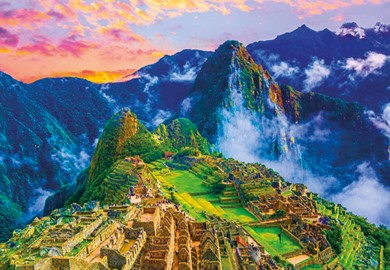
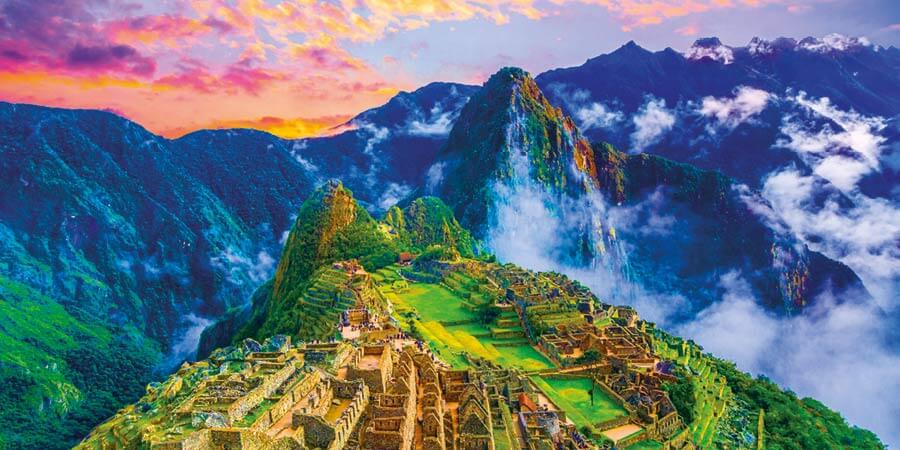
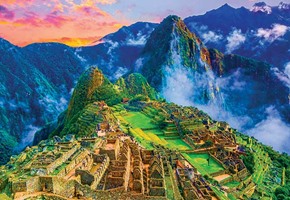
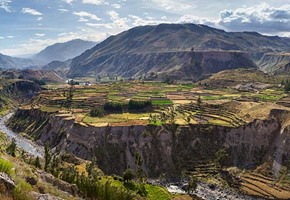
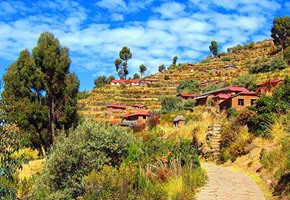
 (21 reviews)
(21 reviews)Encounter mysterious Machu Picchu and the gleaming treasures of the Andes on this extraordinary South American adventure. Uncover Lima, Peru's colourful and historic capital, and the shimmering 'White City' of Arequipa before heading high into the Andes to the breathtaking Colca Canyon, where majestic condors soar. Sail to the fascinating...
